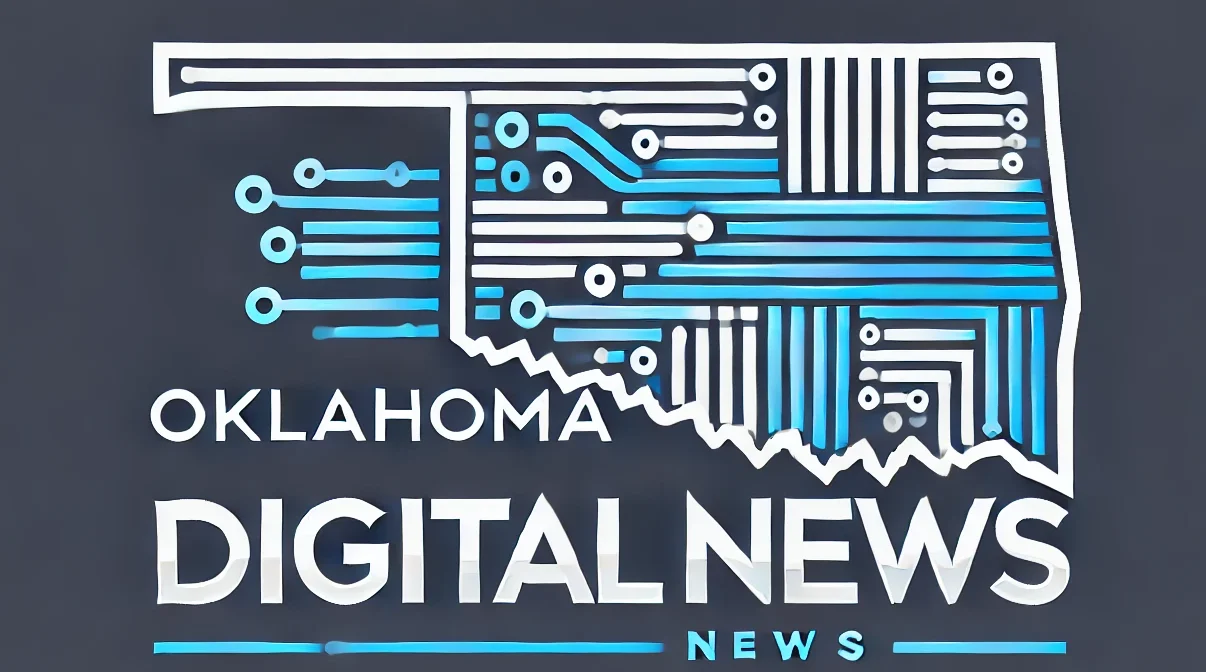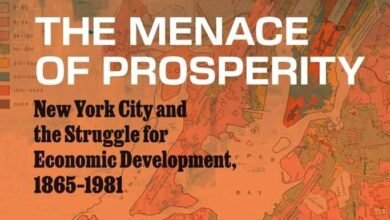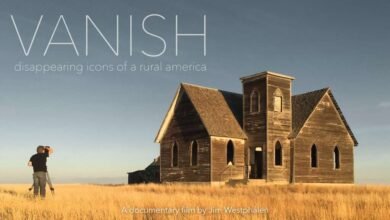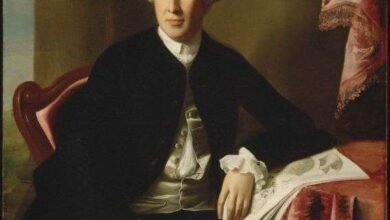New Book Documenting COVID Demonstrates Need to Record Historical Events


 Robert Snyder’s new book When the City Stopped: Stories From New York’s Essential Workers (Three Hills, 2025) is an oral history of New York City during the COVID pandemic. Snyder, who is Manhattan Borough Historian, includes interviews assembled by a number of programs during the crisis and his own interviews a couple of years ago, after it ended.
Robert Snyder’s new book When the City Stopped: Stories From New York’s Essential Workers (Three Hills, 2025) is an oral history of New York City during the COVID pandemic. Snyder, who is Manhattan Borough Historian, includes interviews assembled by a number of programs during the crisis and his own interviews a couple of years ago, after it ended.
The book brings out the experiences of 45 New Yorkers who lived through the crisis, including sometimes-neglected groups such as transit workers, supermarket check-out clerks, and food delivery people.
When the pandemic broke out five years ago, Snyder says. He was astonished to learn that there was little public memory of the 1918 influenza, which had also decimated the city. When federal authorities declared an end to the COVID crisis in 2023, “New Yorkers – like their ancestors in 1918 – were entering a state of amnesia, forgetting things that had happened to them only a few years earlier.
But memory can help us prepare for the future, especially when it helps understand the best human responses to the crisis,” Snyder writes. “Against forgetting, ignorance and disinformation, this book sets down individual facts, confirmed facts, and a wide range of experiences.”
The book is arranged thematically and chronologically. It shows how much fear and uncertainty there was in 2020 when the mysterious virus hit; how people coped, improvised, and helped each other; how they endured loss; and overall their spirit of determination.
“In reflecting on their passage through the pandemic, these contributors left for future generations a record of courage, heartache, strength, wisdom and compassion. If you find some surprises or inspirations in their words, this book will have done its job.”
This book is a model for interviews and oral history. But its reference to “state of amnesia” reminds us of how important and difficult it is to recall history, particularly in times of crises, and how easy it is to ignore or downplay the past.
Readers of New York Almanack know how much good work is being done in our state to make sure the past is not forgotten. (Making all that news available on a continuing basis is
another reason why the Almanack is so important.)
This year, we are commemorating the Bicentennial of the Erie Canal and beginning the commemoration of the 250th anniversary of the American Revolution. But the state’s record is mixed – we regularly fail to notice the state’s birthday, April 20 and “New York History Month” in October, go by without much public attention.
Most young people encounter history for the first time in school, and what they learn there often stays with them. So, supporting history in the schools may be one of the greatest challenges the history community faces.
As Jessica Ellison, the Executive Director of the National Council for History Education, wrote recently: to teachers:
“As you know, history is not the past – it’s the study of the past. We, and our students, make sense of individuals, groups, and events by studying primary sources and the work of scholars. We, and our students, understand that the documents we study reveal conflicting accounts or perspectives, which is why we know it’s critical to examine multiple sources and ask thoughtful questions. We, and our students, know that studying the past of our country can be messy.
“History is not a beautifully patterned tea cup, delicate and breakable and only for show. It’s not for us to admire from a distance. History is about real human beings, who were complicated products of their time and were also heavily influenced by decisions made by those in their own past.
“As much as we want to be acknowledged as full human beings and honored as individuals with beliefs and experiences, the people of the past deserve that courtesy, too. We’re complex, they’re complex; we make good and bad decisions, and so did they.
“We live in this shared place with a shared history, but people experienced the events of the past differently, depending on where, when, and to whom they were born. We certainly don’t
want our understanding of the present to get lost – we want to be seen and heard.
“As educators, we apply that lens to our teaching of history – whose stories are getting lost and how can we remedy that? Whose stories add depth and nuance? Whose stories help us illuminate the value of all Americans? Whose stories comfort us, as humans who aspire to be better than we started but who make mistakes and need to learn from them?”
When the City Stopped is an example of how to do that. “The pandemic was a tragedy in New York City, but to fail to learn from it would be a tragedy twice over,” the book concludes. “If we are to learn anything from the COVID-19 years in New York City, the best place to begin is with the words of the people who drove ambulances, cared for patients, punched cash registers, drove buses, ran trains, and faced death daily so that others might live. Remembering their stories and sacrifices is the way to prepare for a better future.”
Book Purchases made through this Amazon link support the New York Almanack’s mission to report new publications relevant to New York State.
See more new books HERE.
Source link




